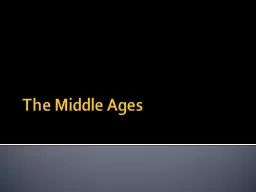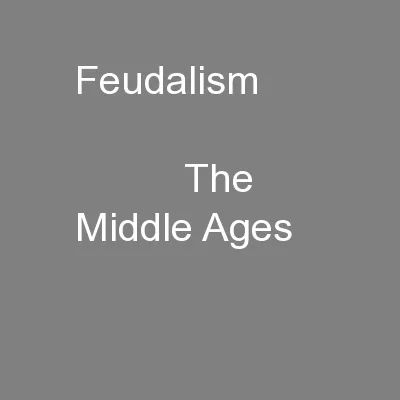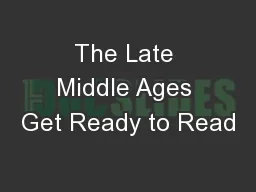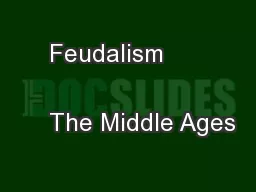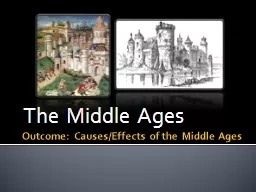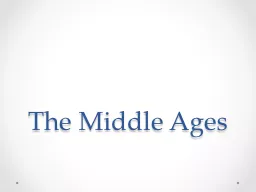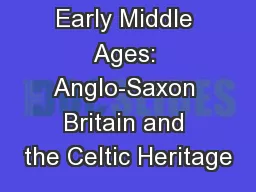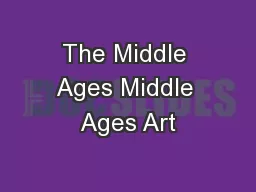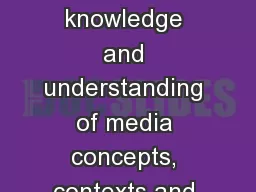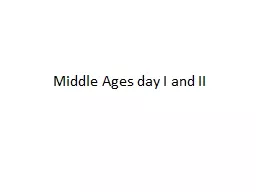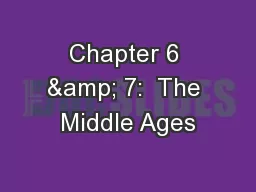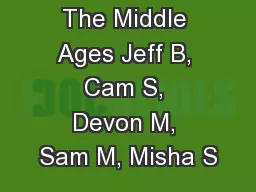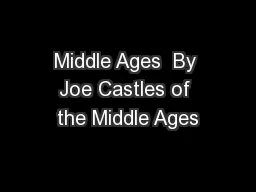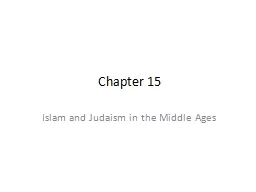PPT-The Middle Ages Standard: 7.34 – Demonstrate understanding of the conflict and cooperation
Author : pasty-toler | Published Date : 2019-01-30
By AD 500 Western Europe had divided into many Germanic kingdoms Many had adopted the Roman ways After Roman armies abandoned the area of England groups known as
Presentation Embed Code
Download Presentation
Download Presentation The PPT/PDF document "The Middle Ages Standard: 7.34 – Demon..." is the property of its rightful owner. Permission is granted to download and print the materials on this website for personal, non-commercial use only, and to display it on your personal computer provided you do not modify the materials and that you retain all copyright notices contained in the materials. By downloading content from our website, you accept the terms of this agreement.
The Middle Ages Standard: 7.34 – Demonstrate understanding of the conflict and cooperation: Transcript
Download Rules Of Document
"The Middle Ages Standard: 7.34 – Demonstrate understanding of the conflict and cooperation"The content belongs to its owner. You may download and print it for personal use, without modification, and keep all copyright notices. By downloading, you agree to these terms.
Related Documents

